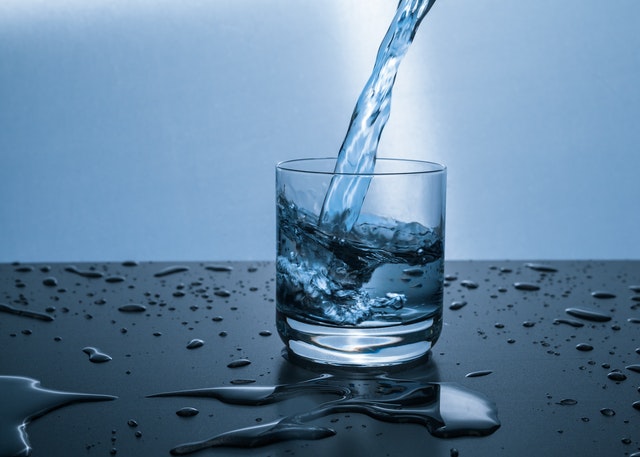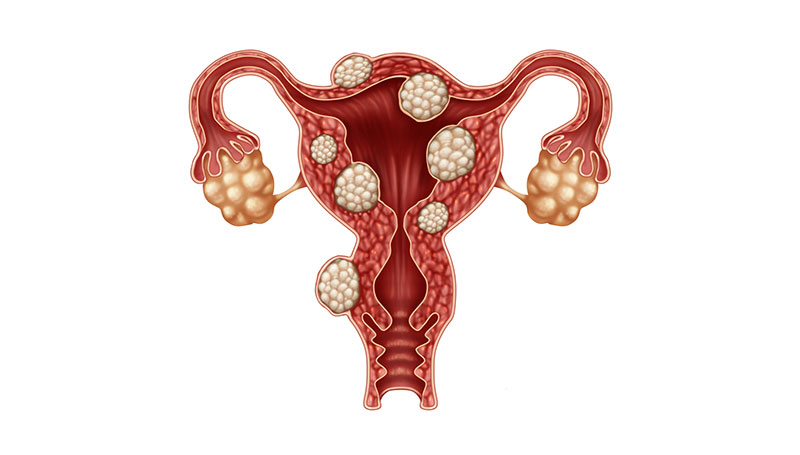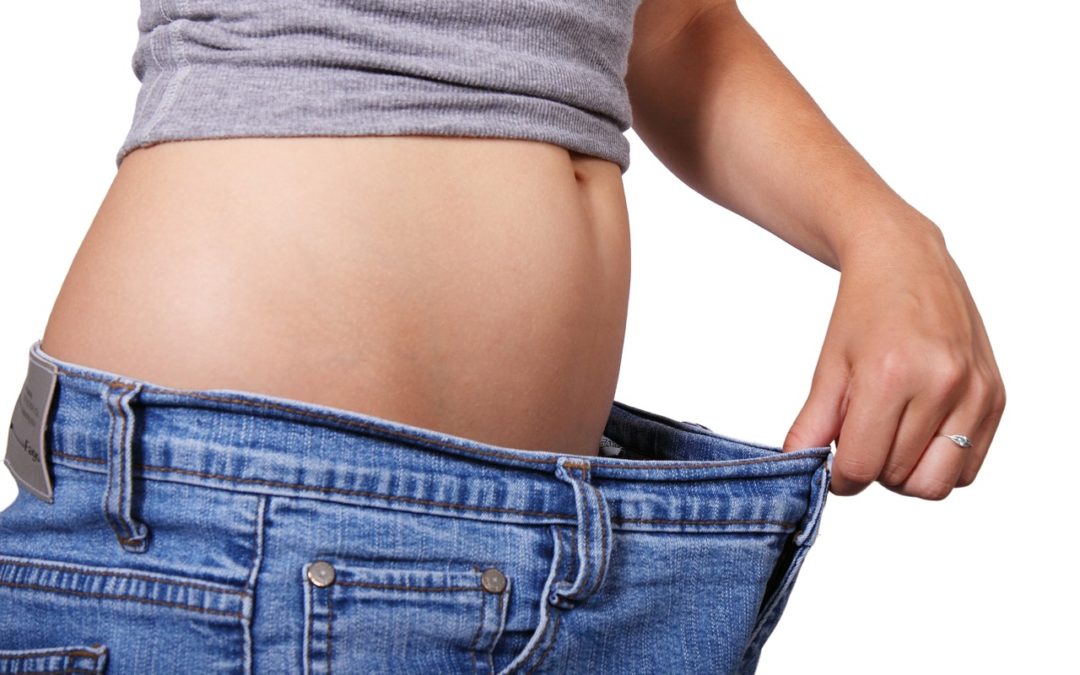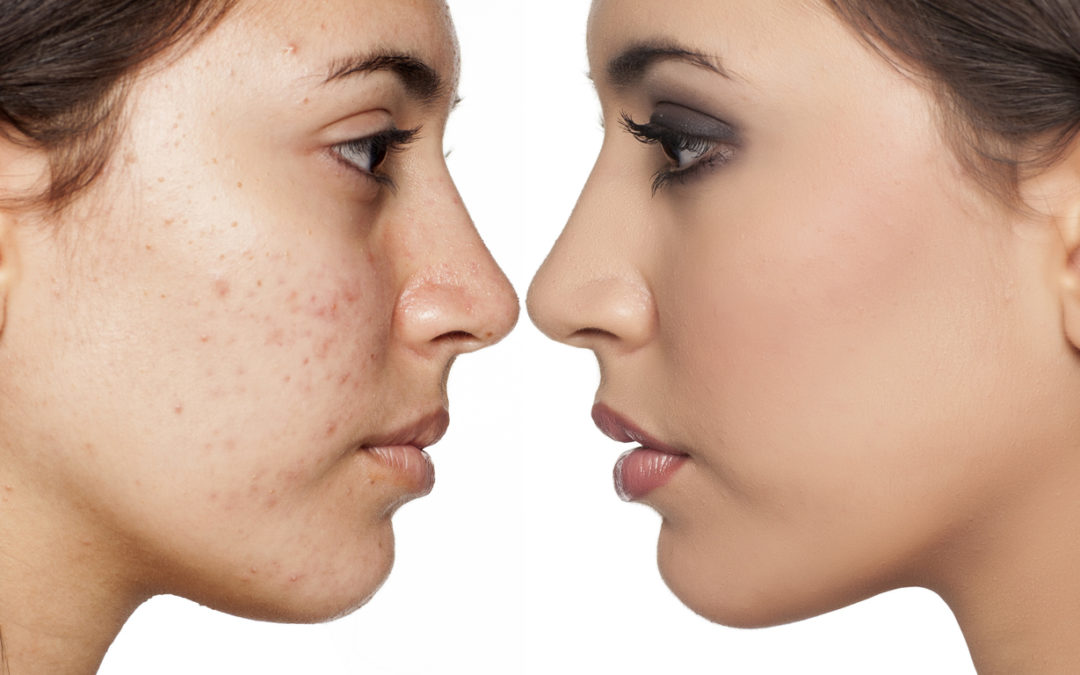
Ayurveda & Chinese Medicine: Benefits of Drinking Hot Water
Why is drinking hot or warm water recommended?
Nothing is as simple and effective as drinking hot water. Some even speak of a hot water cure. Tap water is simply boiled and Ayurvedic’s and Chinese medicine’s remedy no.1 is ready.
Drinking hot water helps to easily flush out any toxins in the body. It can help to balance all three doshas. And what I really like: hot water removes toxic metabolic waste byproducts from your body and mind! It couldn’t be easier to avoid illness. Because in Eastern medicine it is said over and over again: If your digestion runs smoothly and your metabolism functions optimally, you stay healthy!
Hot water penetrates all the fine channels of the body, especially in the digestive tract.
Hot water dissolves ama and dampness from the cells
Hot water washes everything away where metabolic waste products are stored. These waste products are called ama in Ayurveda and dampness in Chinese medicine. They are the toxins in the body and form the basis of every disease. They are a result of a weak digestive fire “Agni”. Warm water can activate Agni and stimulate bowel movement, and helps digest food more easily.
This is why drinking hot water is so important for staying healthy. Because the undigested remains in your body causes discomfort, minor ailments or even severe diseases. However, if you drink hot water on a daily basis, you support your body and mind in detoxing everything that it doesn’t need anymore.
But not only ama is flushed out, also the water-soluble toxins that you ingest through food and the environment are removed by drinking hot water.
Hot water – your source of happiness
Ayurveda and Chinese medicine recommend drinking hot water throughout the day. It’s not the amount that matters, but the regularity. A great idea is e.g. to put hot water in a warming jug in the morning. All my friends only ever know me with a pot of hot water. I won’t leave the house without it.
Water is also digested
Did you know that water also has to be digested? It doesn’t just run right through you, no, it really gets digested. By the way, cold water takes about 6 hours to digest. Whereas hot water only takes 1.5 hours. As a result your digestion needs less energy for digesting hot water and you have more energy for doing other things.
Since water is also digested, you shouldn’t drink too much after 7pm. The result of drinking too much too late can be restless nights, waking up because of the need to go to the toilet and the formation of bags under the eyes (this area reflects your kidneys).
Natural Detoxifier And Healing Agent
Drinking hot water on a daily basis has many health benefits. Among them are:
- Improves blood circulation
- Removes fat deposits in the body
- Flushes out toxins and ama
- Strengthens Agni, the digestive fire
- Helps relieve constipation
- Improves your energy
- Relieves nasal congestion
- Helps relieve symptoms of achalasia (the esophagus has trouble moving food down into the stomach)
- Improves skin
- Helps to relax the body’s muscles
- Improves central nervous system function
- Avoids eating and snacking due to false hunger
- Sharpens the sense of taste
If you want to loose weight more easily, drinking hot water can support you along the way. It reduces the need for snacks, improves fat burning and supports detoxification!
How much hot water and how hot is good?
Incidentally, the amount of water in Ayurveda depends on your constitution. Pitta types, the fiery among us, need lots of water to soothe their inner fire. By the way, the hot water should be lukewarm for Pitta types. However, Kapha types need much less hot water, because Kapha is already consisting half of water. And the dry Vata type can handle a medium amount of hot water, about 1.5 litres. Living Ayurveda means: listen to your inner intelligence! It will tell you how much and how hot the water should be.
Hot water for your Dosha type
Depending on your constitution, you can “season” the water.
Those who tend towards Pitta constitution and often have cravings, inflammations, skin outbreaks and problems with heartburn and belching, should not drink their water too hot. The heat that is associated with Pitta is otherwise increased. For Pitta constitutions, lukewarm water is more suitable, in which a few fennel seeds, rose buds, mint leaves or a clove can be added.
Vata constitutions on the other hand, have a tendency to changing appetite and thirst and deal with irregular digestion, can drink their water hot. Because they often tend to freeze easily and have problems with dryness. They can add something oily like ghee to their water and simmer it with liquorice or marshmallow roots.
Kapha types should drink the water warm to hot in sips throughout the day. They can add some basil leaves, slices of fresh ginger, 1/4 teaspoon of cumin and fennel seeds. This can help boost their sometimes slow and sluggish digestion.
Thrive & Shine
Do you want a better and more aligned life to achieve deeply desired results? A life with more energy, a peaceful mind, and habits that go towards lifelong health and wellness?






